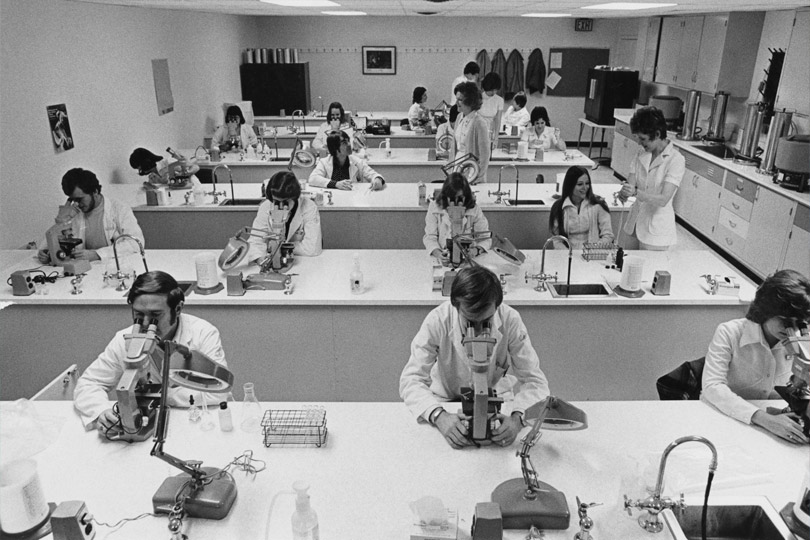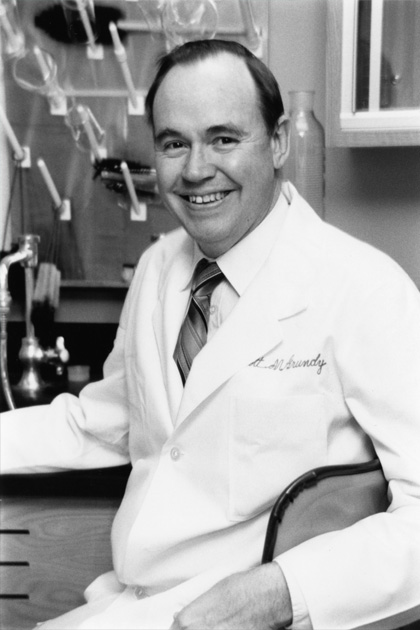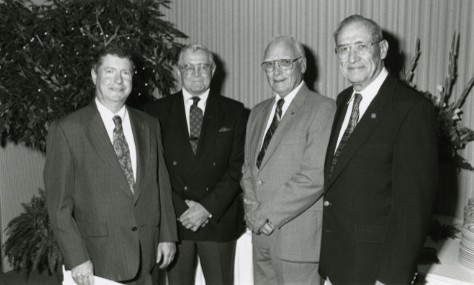Mission, Values, and History

Mission
Promoting health and a healthy society that enables achievement of full human potential
We:
- EDUCATE
Physicians, scientists, and caregivers optimally prepared to serve the needs of patients and society - DISCOVER
Research that solves for unmet needs by finding better treatments, cures, and prevention with a commitment to ensuring real world application - HEAL
Best care possible today, with continuous improvement and innovation for better care tomorrow
Values
- Excellence: We strive for the highest standards of clinical excellence, educational distinction, research integrity, and administrative quality in all we do. We are rigorous in our commitment to ongoing improvement.
- Innovation: We endeavor to develop new knowledge about diseases and treatment, enhance the lives of patients through better care and treatments, creatively approach challenges, and inspire the next generation of physicians, scientists, and health professionals.
- Teamwork: We work collaboratively and with a shared purpose, drawing on our diverse backgrounds, talents, and ideas, and bringing an unwavering integrity to everything we do.
- Compassion: We foster an environment in which patients, visitors, and colleagues are treated with respect, dignity, and kindness in every encounter, every day.
History
The 1960s were viewed as a time of increased sophistication in medicine with a growing public demand for more medical services. There was a need to strengthen the health care workforce with professionals to fill a variety of newly evolving roles.
Authorized by the Board of Regents of the University of Texas System in 1968, the School of Allied Health Professions began functioning in the fall of 1969, with offices in a former student nurses’ housing facility at Methodist Hospital of Dallas and classroom space at Parkland Memorial Hospital, Methodist, and other partner hospitals.
Richard D. Burk, Ph.D., appointed as the first Dean, envisioned the School “as a nucleus of a cooperative area-wide approach to providing more specialists who can perform functions often not adequately provided and relieve physicians of many routine tasks.”
The School began its first full academic year in September 1970 with 57 students in programs for medical technology, physical therapy, rehabilitation science, nutrition dietetics, instructional media technology, and medical records administration.

The School of Allied Health Professions moved to new quarters at 6003 Maple Avenue in 1973. The location provided new instructional facilities and convenient access to the clinical, research, and student life opportunities on the Medical Center campus. As a relatively newer entity at the Medical Center in the ’70s, the School became a valuable partner in helping to grow and diversify the local health care workforce. Over the years, the School also remained well integrated within the Medical Center, largely through its shared teaching, student activities, clinical operations, and departmental leadership.
Notable departmental leadership examples have included:
- Ruth Guy, Ph.D., former Professor of Pathology, who served as Director of the Medical Technology program
- James Atkins, M.D., Professor of Internal Medicine and Cardiology, who served as Chair and Medical Director of the Emergency Medical Technology program
- Scott Grundy, M.D., Ph.D., Professor of Internal Medicine and former Director of the Center for Human Nutrition, who served as Chair of the Department of Clinical Nutrition
- Perrie Adams, Ph.D., Associate Dean for Research at the Medical Center, who served as Chair of the Department of Biomedical Communications
- Maurice Korman, Ph.D., former Professor and Chair of Clinical Psychology, who served as Chair of the Department of Rehabilitation Counseling.
These relationships have afforded the School the opportunity to foster and build highly integrated training programs leveraging expertise from many areas of the Medical Center. The School’s position was further strengthened when it moved to its current location at 6011 Harry Hines Boulevard in 1983. The School now sits near the center of the UT Southwestern Medical Center complex and Hospital District, located just outside downtown Dallas.

The School of Allied Health, now the School of Health Professions, has undergone significant change and evolution over time. These changes have been guided by the leadership of several key individuals, in addition to Dr. Burk, including:
- Harry J. Parker, Ph.D. (Acting Dean 1970-1971)
- John W. Schermerhorn, M.D. (Dean 1971-1986)
- William J. Gonyea, Ph.D. (Dean 1986-1988)
- Vernie A. Stembridge, M.D. (Acting Dean 1988-1991)
- Gordon H. Green, M.D., M.P.H. (Dean 1991-2006)
- Raul Caetano, M.D., Ph.D., M.P.H. (Dean 2006-2014).
Looking back over five decades, the UT Southwestern School of Health Professions has consistently fulfilled its mission to prepare health professionals of the highest quality to meet the needs of the health care system in Texas through interdisciplinary education and promotion of comprehensive health care.
